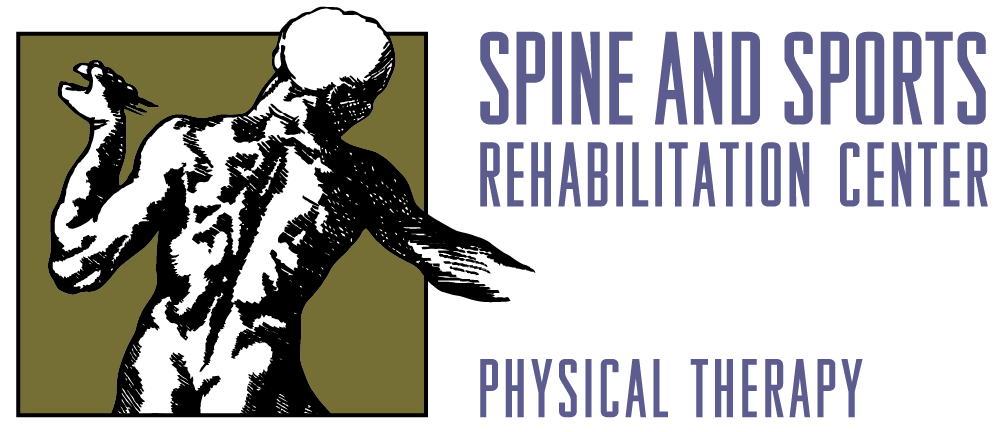Thoracic Spine Education
Increasing thoracic spine mobility ranks as one of the most underrated ways that you can improve overall comfort, reduce your pain, or increase athletic performance. The thoracic spine (highlighted red in the picture below) is located below your neck (cervical spine) and above your lower back (lumbar spine). It serves as an integral element of your bodily structure. It’s a stable anchor for your shoulders, a firm base for your neck, the protector of your lungs, and a reliable bolster for your lower back. However, due to various reasons, it can become very stiff, thus affecting your comfort and overall mobility.
If your thoracic spine is too stiff, you may experience tightness or pain in your neck, shoulders, lower back, and hips. You may even have difficulty breathing!
In order to turn your head or reach overhead with your arms, the top of your thoracic spine has to be able to move adequately. If the top of your thoracic spine is too rigid, your shoulder and neck muscles have to work a little harder in order to achieve adequate movement. Similarly, to rotate your body or bend forward, the lower part of your thoracic spine needs to be able to move with ease. If adequate rotation or bending does not occur in the thoracic spine, then your lower back will have to pick up the slack and labor more than necessary. Over time, all of the extra stress will accumulate and may cause undue discomfort or pain.
The foam roll serves as an often-used tool that can remedy any potential malfunctions in the thoracic spine. You can use the foam roll to globally loosen the muscles and joints (please see picture). If you would like to try it out, please do the following: place the foam roll across the mid-shoulder blade region, support your head with your arms, and roll the foam down to your mid-back (bra line or heartrate monitor strap line). Then roll back up to the top part of the upper back (not onto the neck). Please make sure to breathe regularly during this maneuver. Use the foam roll for approximately 2 minutes, twice a day, to loosen your thoracic spine. Thoracic rolling acts as an introductory exercise that may ameliorate any adverse symptoms in the regions surrounding the thoracic spine. There are more advanced exercises that can help the thoracic spine, but many people start with this one. (Do not perform exercises that are painful or cause symptoms to worsen.)
If you try the foam roll and it does not seem to improve your symptoms, make an appointment with a physical therapist at Spine and Sports Rehabilitation.
We will do a comprehensive analysis of your biomechanics and will identify the root cause of your pain. We will provide a targeted treatment (more sophisticated than a foam roll) with the goal of addressing your spine mechanics and returning you to optimal function.


